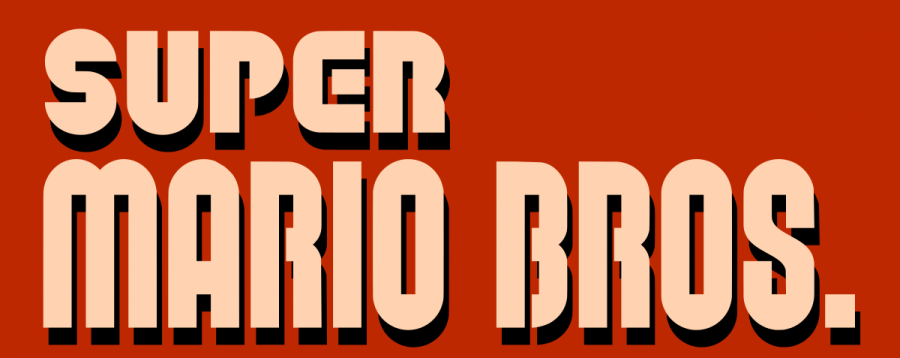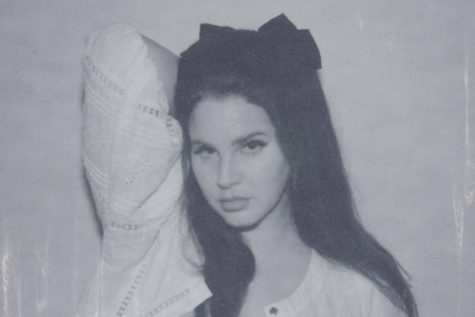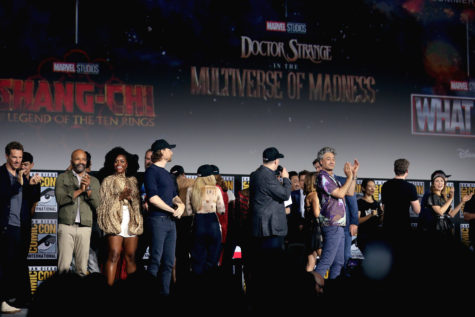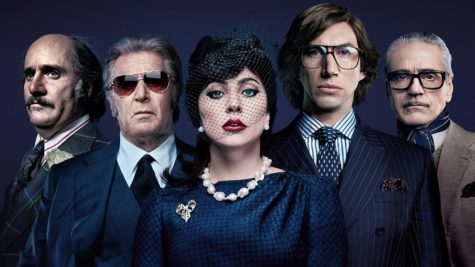The early history of Super Mario Bros.
I believe video game origins can be incredibly cool to learn and think about. I can’t really force you to think the same, but I can reveal to you an origin to a video game franchise that I’m sure many of you know, but don’t know the beginning of.
This is the early history of Super Mario Bros.
As the mascot of Nintendo, Mario gets a lot of screen time in a large variety of games, both mainstream and spin-off, mostly each one fleshed out to be its own unique series and each houses their own stories and characters.
The first true Mario game, simply titled, Super Mario Bros, is often credited with being the first game to have true side-scrolling elements in a platformer with an actual moving background that changes as you progress through each stage, which in turn makes it one of the first 2D side-scrolling platformer of all time.
Before, video games would rarely scroll at all; normally confining you to a single screen for your entire play time, like Pac-Man. Games that did include scrolling used to only do so when the player reached the edge of the screen, where it would pause all gameplay to load in the next area as it appeared, which is heavily prevalent in the first Legend of Zelda.
The first Super Mario Bros. game released September 13, 1985, and was produced by Shigeru Miyamoto, also well known for his creation of the Legend of Zelda series.
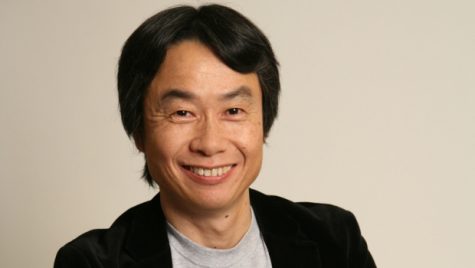
As I have said in a previous article, both the Legend of Zelda as well as Super Mario Bros. were created at the same time by the same person. Mr. Miyamoto had two different processes running at the same time, one that he put his ideas of a large, non-linear, open world, and another with a segmented, streamlined, set of levels.
Therefore, while the Legend of Zelda was made with all new characters set in an entirely new format, Super Mario Bros. used characters from another series and simply expanded on that previous series’ format.
The Mario we know today actually came from the arcade game Donkey Kong, where Mario was then known as either ‘Jump Man’ or ‘Mr. Video’, names still referenced in other Mario games from time to time. This game established both Mario’s roots as a platformer and his roots as a savior of damsels in distress.
Later, whereas the titular Donkey Kong would move on to his own series, later called Donkey Kong Country, Mario would get his own game in the form of Mario Bros. This was also the introduction of Mario’s brother and player two, Luigi, who still lacked his general personality and features since he was just a color swap of Mario. Poor guy.
The next time we see the red-clothed plumber, almost everything changed. With the relatively new release of the Family Computer Disk System (Famicom) in Japan, or the Nintendo Entertainment System (NES) here in the States, new games had to be made quickly in order fill out its library.
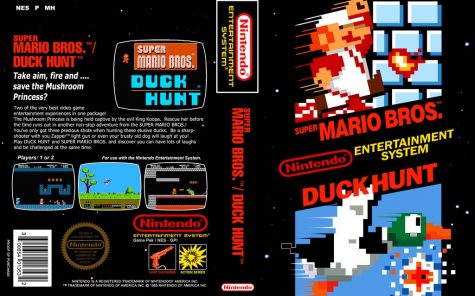
This lead to the situation of Mr. Miyamoto producing two games at the same time. Once Super Mario Bros. was completed, it was shipped throughout Japan and soon worldwide.
What came next is history. Super Mario Bros. released and the franchise it would spawn will likely be remembered forever.
I like thinking and learning about the mysteries of franchises I’ve grown to love over the years. Whether it be the subtle origins of a franchise before it explodes, or the little details that people don’t really think about.
There are thousands of video game franchises each with hundreds of their own secrets and origins. How could you not be interested in learning about it all? I hope you think the same after all of this.
Your donation will support the student journalists of Wiregrass Ranch High School. Your contribution will allow us to purchase equipment and cover our annual website hosting costs.

Keegan Moore is a senior at Wiregrass Ranch High School and this is his first year writing for The Stampede. Keegan is an officer in Gaming club. His...

